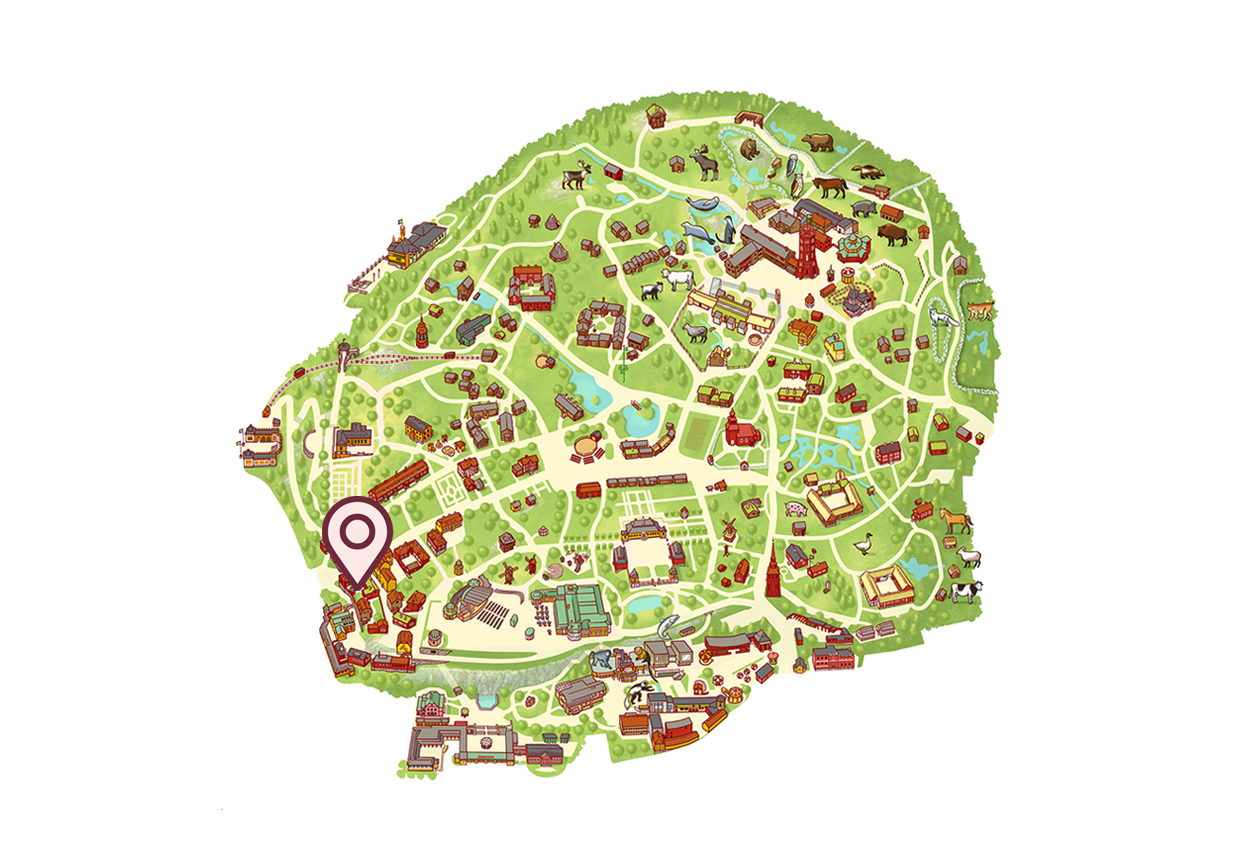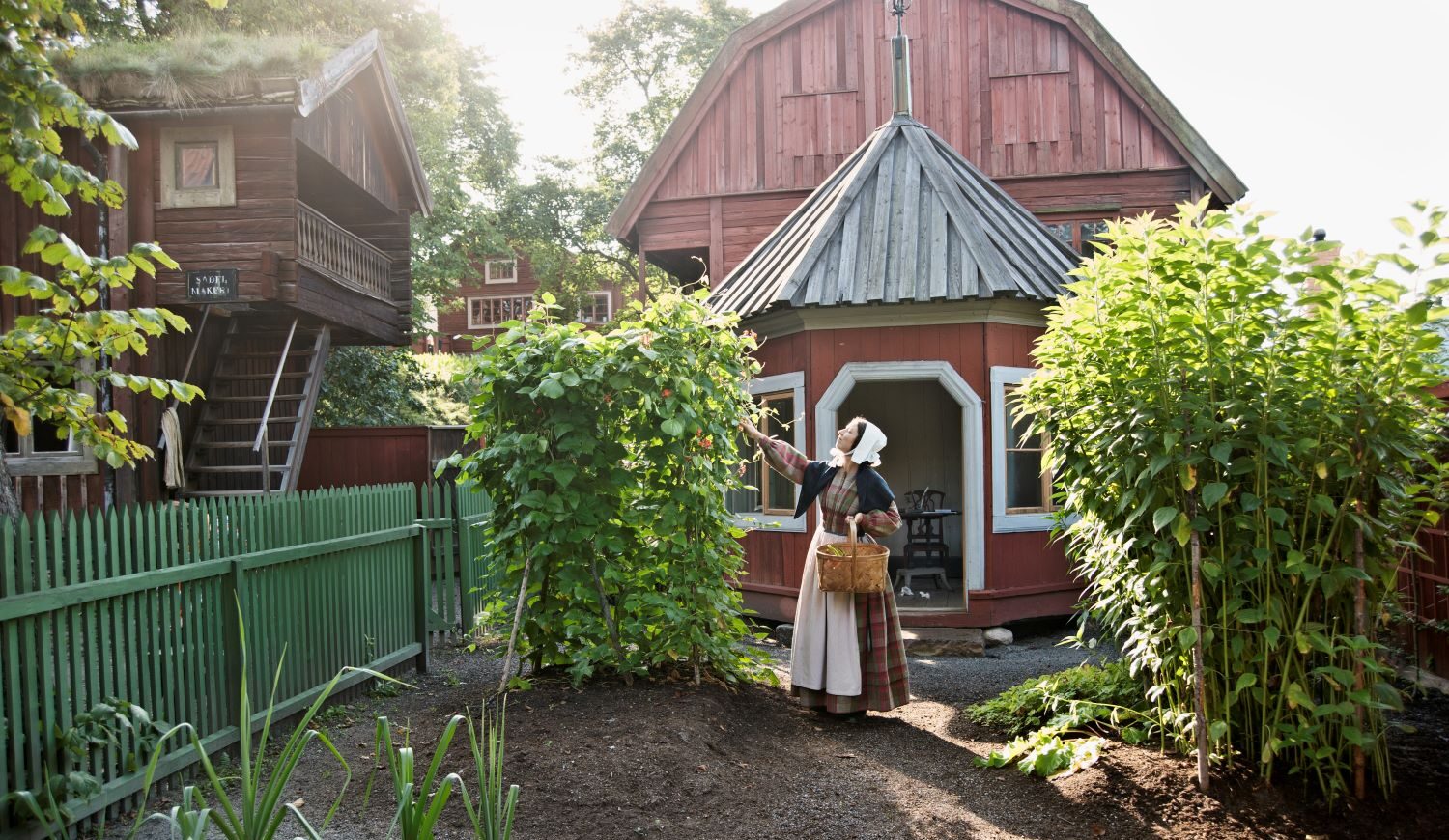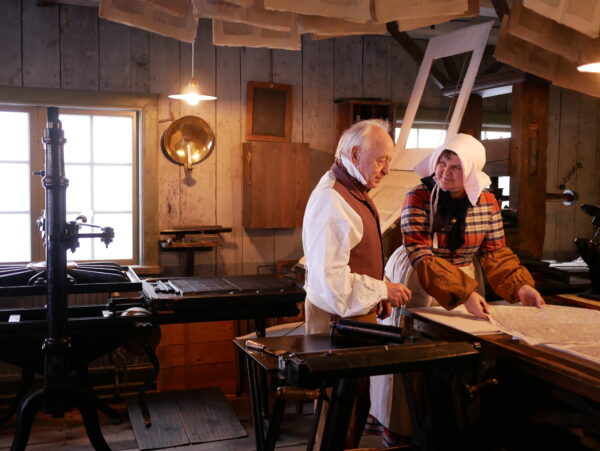The Printer’s Home
The Printer’s Home is located in the Old Town Quarter, and recreates a home from the 1840s. Living and working in the same building was common at the time, and the Printer’s Workshop is next door to the Printer’s Home.
| Day | Time |
|---|---|
| Today, 25 October 2025 | 10.00-16.00 |
| 26 October 2025 | 10.00-16.00 |
| 1 November 2025 | 10.00-16.00 |
| 2 November 2025 | 10.00-16.00 |
| 8 November 2025 | 10.00-16.00 |
| 9 November 2025 | 10.00-16.00 |
| 15 November 2025 | 10.00-16.00 |
| 16 November 2025 | 10.00-16.00 |
| 22 November 2025 | 10.00-16.00 |
| 23 November 2025 | 10.00-16.00 |
| 28 November 2025 | 10.00-16.00 |
| 29 November 2025 | 10.00-16.00 |
| 30 November 2025 | 10.00-16.00 |
| 1 December 2025 | 10.00-15.00 |
| 2 December 2025 | 10.00-15.00 |
| 3 December 2025 | 10.00-15.00 |
| 4 December 2025 | 10.00-15.00 |
| 5 December 2025 | 10.00-16.00 |
| 6 December 2025 | 10.00-16.00 |
| 7 December 2025 | 10.00-16.00 |
| 8 December 2025 | 10.00-15.00 |
| 9 December 2025 | 10.00-15.00 |
| 10 December 2025 | 10.00-15.00 |
| 11 December 2025 | 10.00-15.00 |
| 12 December 2025 | 10.00-16.00 |
| 13 December 2025 | 10.00-16.00 |
| 14 December 2025 | 10.00-16.00 |
| 15 December 2025 | 10.00-15.00 |
| 16 December 2025 | 10.00-15.00 |
| 17 December 2025 | 10.00-15.00 |
| 18 December 2025 | 10.00-15.00 |
| 19 December 2025 | 10.00-16.00 |
| 20 December 2025 | 10.00-16.00 |
| 21 December 2025 | 10.00-16.00 |
| 22 December 2025 | 10.00-16.00 |
| 23 December 2025 | 10.00-16.00 |
| 24 December 2025 | 10.00-14.00 |
| 25 December 2025 | 10.00-16.00 |
| 26 December 2025 | 10.00-16.00 |
| 27 December 2025 | 10.00-16.00 |
| 28 December 2025 | 10.00-16.00 |
| 29 December 2025 | 10.00-16.00 |
| 30 December 2025 | 10.00-16.00 |
| 31 December 2025 | 10.00-16.00 |
| 1 January 2026 | 10.00-16.00 |
| 2 January 2026 | 10.00-16.00 |
| 3 January 2026 | 10.00-16.00 |
| 4 January 2026 | 10.00-16.00 |
| 5 January 2026 | 10.00-16.00 |
| 6 January 2026 | 10.00-16.00 |
Here you will find the Printer's home





